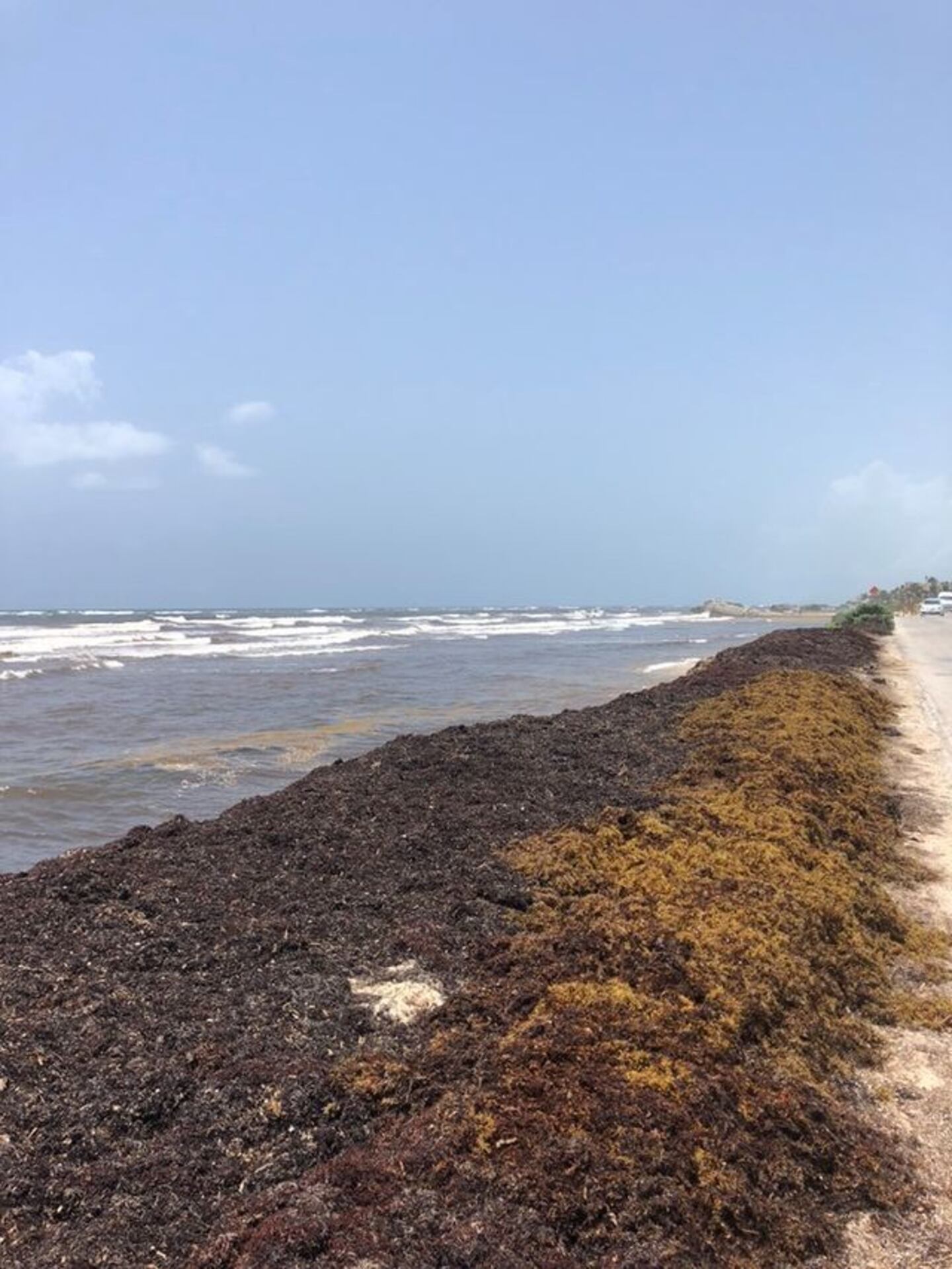ORLANDO, Fla. — It’s hard for beachgoers to ignore the foul-smelling, seaweed-like algae washing ashore in Florida. But what exactly is it, and what’s its purpose?
Here are nine facts about sargassum from the Florida Fish and Wildlife Conservation Commission:
Read: Shark Awareness Day: 9 shark myths debunked
1. Sargassum floats in island-like masses that don’t attach to the seafloor. Once it washes ashore, it’s referred to as beach wrack.
2. Researchers said 2023 could have the largest sargassum bloom ever recorded.
3. Sargassum comprises leafy appendages, branches, and oxygen-filled, berry-like bladders called pneumatocysts that keep the algae afloat.
4. Floating mats of sargassum can stretch for miles across the ocean.
Read: Manatee, calf released near Blue Spring State Park after months of rehabilitation
5. Sea turtle hatchlings swim offshore to sargassum rafts, which provide them with food and refuge for their first few years.
6. Sargassum habitat also provides food, refuge and breeding grounds to birds, crabs, shrimp and fish, serving as a nursery for mahi mahi, jacks and amberjacks.
7. Sargassum is often found floating among large plastic items along ocean currents. The sun’s ultraviolet rays can break down the plastic into smaller fragments known as microplastics, which young sea turtles often ingest.
8. Sargassum sinks to the seafloor once it loses its buoyancy, providing energy in the form of carbon to deep sea fish and invertebrates.
Read: 9 tons of dead fish removed from Florida city’s waterfront after Elsa
9. It’s believed that climate change, pollution from fertilizers and ocean flows and currents have caused the problem to explode.
From the Channel 9 archives:
The Associated Press contributed to this report.
Due to heavy surf, winds, and currents, we have had an excessive amount of sargassum seaweed wash in. Although it may be stinky as it begins to break down, this is how our beautiful beach naturally restores any lost elevation. The seaweed catches and collects the wind blown sand. pic.twitter.com/b3X5rOiYzs
— Volusia Beaches (@VolusiaBeach) May 21, 2021
©2021 Cox Media Group




















